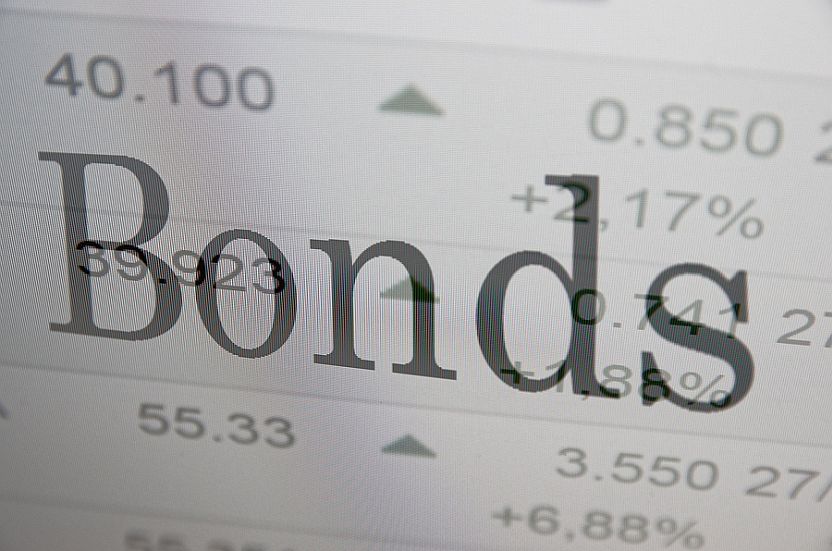Wrap of events affecting the market on Friday night and the weekend and a preview of the week ahead.
After a flat session, Wall Street remains poised just under the top of the long-standing trading range. Dow up 18. (Accessible only for subscribers before 10:15 AEST)
FNArena provides a weekly update of Australian listed corporate bond issues, current pricing and yield data.
JP Morgan posted a less bad then expected result last night and lit a fire under the US financials sector. Dow up 187. (Accessible only for subscribers before 10:15 AEST)
Word is Saudi Arabia and Russia plan to reach an agreement on oil production before the Doha meeting. Oil and metal prices have jumped as a result. Dow up 164. (Accessible only for subscribers before 10:15 AEST)
Wrap of events affecting the market on Friday night and the weekend and a preview of the week ahead.
Suddenly Wall Street is concerned about the rise in the yen, and the subsequent prospect of Japanese rates going even further into the negative. Dow down 174. (Accessible only for subscribers before 10:15 AEST)
FNArena provides a weekly update of Australian listed corporate bond issues, current pricing and yield data.
A surprise fall in weekly US crude inventories sent oil higher last night and the old correlation kicked back in. Dow up 112. (Accessible only for subscribers before 10:15 AEST)
The strong currency is a “complication” says Glenn Stevens. Economists debate the likelihood of an impending RBA rate cut.





